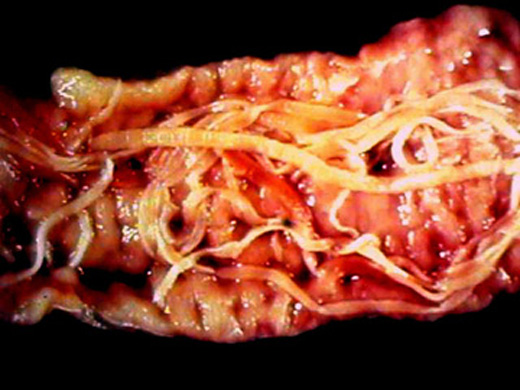
According to local veterinarians and toxicology experts, it’s important that pet owners keep an eye out for plants that could be harmful to their cats and dogs.
“Spring and summer are definitely important times for animal owners to start being cautious,” said Dr. Camille DeClementi, a senior director of the Animal Poison Control Center at the American Society for the Prevention of Cruelty to Animals in new York.
Because leaves are turning green and flowers are beginning to bloom, DeClementi said, cats and dogs are often more tempted to chew on things in the spring than in the summer, when everything is green.
among a list of toxic plants, which can be found on the ASPCA website, early blooming flowers such as lilies can be especially harmful, DeClementi said. The Lily of the Valley, which grows low to the ground, can cause heart problems in cats and dogs. Also, cat owners should be wary of day lilies, as they can cause kidney failure in felines.
In Florida, other common plants toxic to cats and dogs include azaleas, which can cause vomiting, diarrhea and cardiovascular collapse; kalanchoe, a flower prevalent in landscaping, which can cause vomiting, diarrhea and heart problems; wisteria, which can cause vomiting; and elephant’s ear, which can cause oral irritation.
Pet owners should be especially cautious about two other plants common in Florida: the sago palm and the zamia. Visually appealing to pets, these can cause liver damage, said David Barber, associate professor of toxicology at the University of Florida.
“Every year there are quite a number of dogs that chew on them,” Barber said. “It basically only takes one seed — they crack it and chew on it — that’s enough to cause liver failure.”
But just because these plants are toxic to pets doesn’t mean pet owners can’t have them in their yards, Barber said. “Just be aware that they could cause problems, and try to prevent pets from ingesting them,” he said.
Lisa Schroeder, office manager of the Magnolia Animal Hospital in Ocala, agreed with Barber.
“If you have a dog that goes in the backyard, plant them (potentially hazardous plants) in the front yard,” Schroeder said.
However, if a pet owner notices his or her animal has ingested a toxic plant, it’s best not to wait to contact a vet, she said.
“Even if it’s on a weekend or night, you don’t want to wait till the next day to have treatment,” Schroeder said. “Don’t wait for symptoms to show up. With treatment, some things are savable.”
The best solution of all? if you don’t know what the plant is, don’t let your pet chew on it, said DeClementi of the ASPCA. “When people are on a walk with their dogs, it may be good to avoid big clumps of green stuff if it’s not grass.”